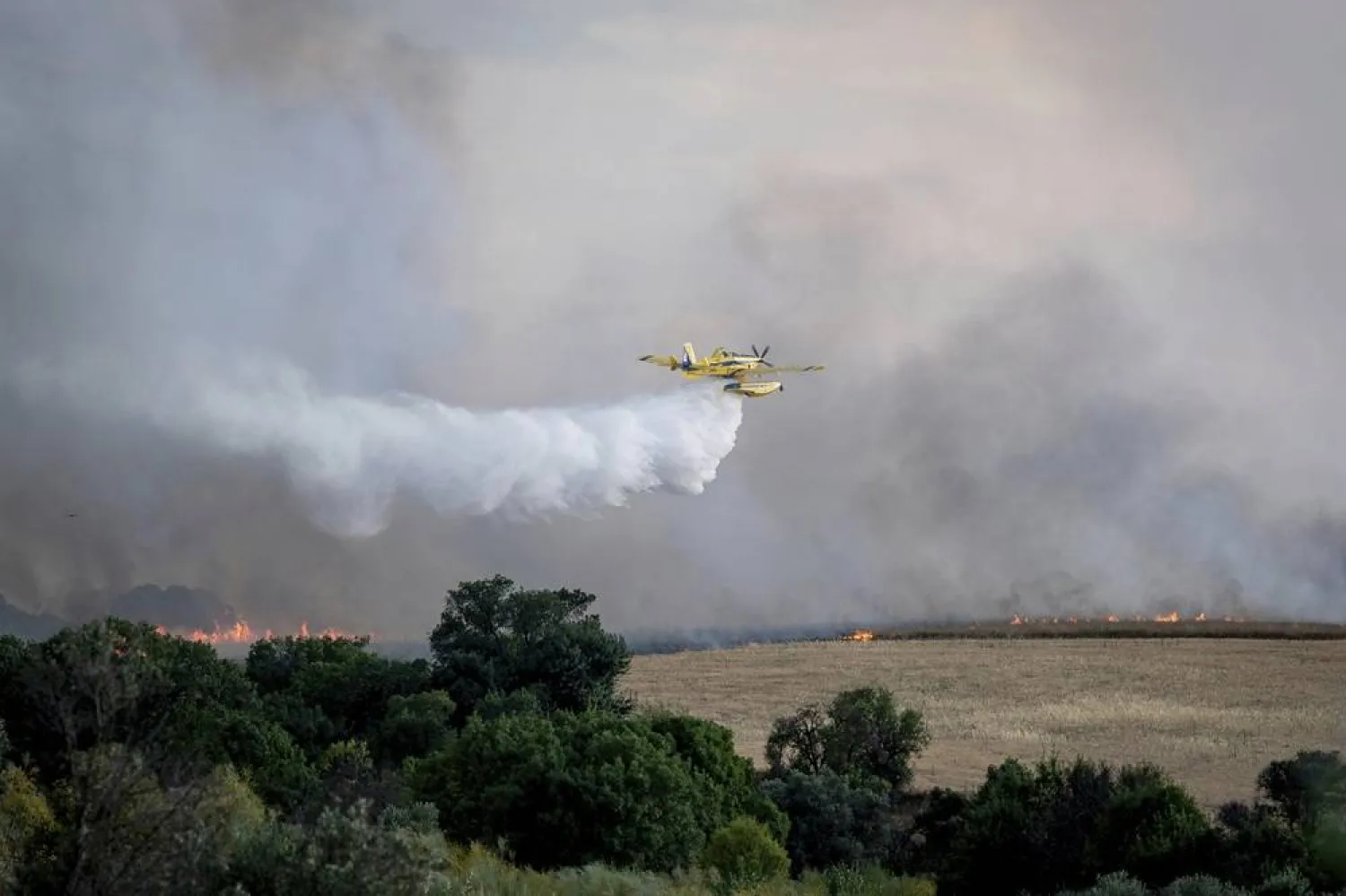The King Salman Bin Abdulaziz Royal Reserve Development Authority has announced its inclusion in the International Union for Conservation of Nature (IUCN) Green List.
This recognition follows a comprehensive assessment of the reserve by IUCN experts, who evaluated the authority's environmental and developmental accomplishments, as well as its engagement with the community and preservation efforts, SPA reported.
Authority CEO Abdullah Al-Amer emphasized the significance of this milestone, stating: "Since its establishment, the authority has pursued strategies, development plans, and innovative initiatives to fulfill its core objectives. Through these endeavors, we have successfully met all the key criteria and indicators for joining the IUCN Green List."
Al-Amer attributed this to the support lent by the Saudi leadership and the guidance from Minister of Interior and Chairman of the authority Prince Abdulaziz bin Saud bin Naif bin Abdulaziz.
Inclusion in the Green List adds to the authority's local and global successes, including receiving the Biodiversity Certificate and designating five critical bird sites within the King Salman bin Abdulaziz Royal Reserve.
Al-Amer stressed that making it on the list is testimony to an effective reserve management and focus on natural resource growth; it now facilitates the growth of over 550 plant species.
The authority's initiatives include planting 2.4 million native tree and shrub seedlings, as well as four tons of local seeds like yarrow (Achillea millefolium), Artemisia, and Haloxylon.
Efforts have been made to restore 250,000 hectares of degraded habitats and relocate 1,235 wildlife species like Arabian oryx, sand gazelles, Arabian gazelles, and Arabian leopards in the reserve.
The authority's achievements are due to its strategic objectives; being on the Green List is a key milestone.
This authority is determined to manage protected areas through sustainable programs focused on environmental conservation, community engagement, and sustainable development, in line with international standards.
King Salman Bin Abdulaziz Royal Reserve Development Authority Joins IUCN Green List

The Green List provides crucial guidelines for conservation and involving stakeholders in sustainable development processes - SPA

King Salman Bin Abdulaziz Royal Reserve Development Authority Joins IUCN Green List

The Green List provides crucial guidelines for conservation and involving stakeholders in sustainable development processes - SPA
لم تشترك بعد
انشئ حساباً خاصاً بك لتحصل على أخبار مخصصة لك ولتتمتع بخاصية حفظ المقالات وتتلقى نشراتنا البريدية المتنوعة





